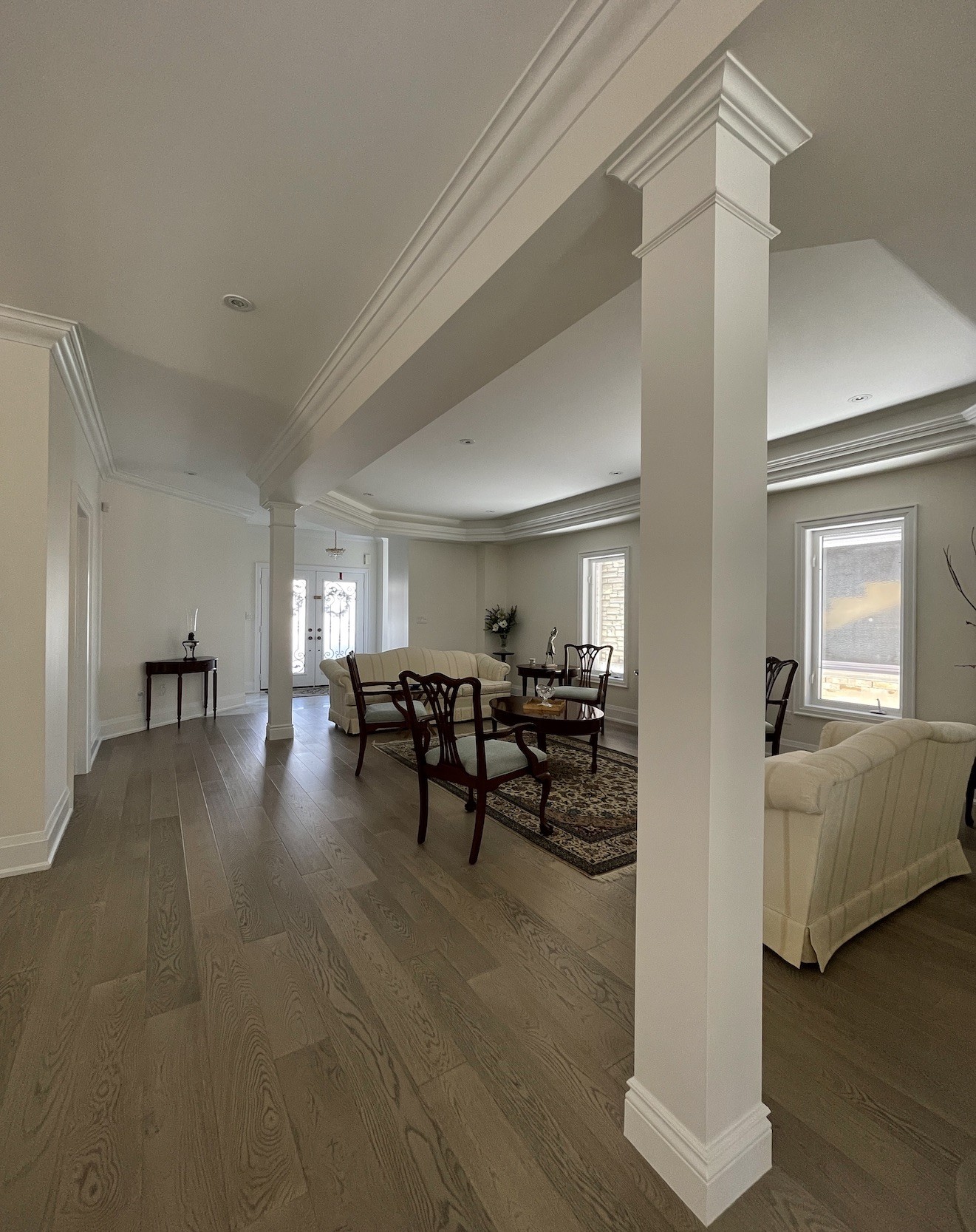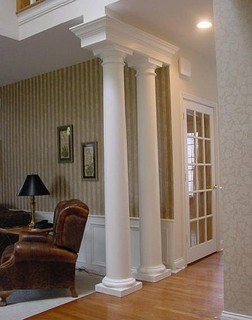When it comes to interior design, few elements can elevate a space quite like decorative pillars and columns. As a passionate home decorator and designer, I’ve had the pleasure of transforming many spaces with these architectural beauties. In this guide, we’ll explore everything you need to know about decorative interior pillars and columns—from styles and materials to installation tips and maintenance advice.
Understanding Decorative Interior Pillars and Columns
Pillars and columns are not just structural elements; they are artistic features that can enhance the visual appeal of any room. They can create separation in open spaces, add character, and serve as focal points. But what exactly differentiates a pillar from a column?
Pillars vs. Columns: What’s the Difference?
| Feature | Pillars | Columns |
|---|---|---|
| Definition | Vertical structures that can support weight but are often decorative | Vertical, cylindrical structures used primarily for support |
| Design | May have a wide range of styles and shapes | Generally follow classic styles (Doric, Ionic, Corinthian) |
| Functionality | Often used for aesthetic purposes | Primarily structural |
Styles of Decorative Interior Pillars and Columns
There are various styles to choose from, allowing you to tailor the aesthetic of your space.
Classic Designs
Classic styles often draw inspiration from ancient architecture. Think Roman and Greek influences. Columns in these styles can be remarkably detailed, showcasing intricate carvings and fluted surfaces.

Modern Minimalism
Modern pillars take a simpler approach with clean lines and minimal embellishments. They often use materials like glass, steel, or concrete to create an industrial yet stylish vibe.
Rustic Charm
If you love a country or farmhouse aesthetic, consider wooden beams as pillars. These can be left in their natural state or painted for a more finished look.

Custom Designs
Don’t be afraid to get creative! Custom-designed pillars can reflect your personal style and the unique character of your home.
Materials Used in Decorative Pillars and Columns
Concrete
Concrete pillars are durable and can be molded into various shapes and sizes, making them a versatile choice.

Wood
Wood adds warmth and charm, perfect for rustic or traditional interiors. It’s essential to treat wood to prevent decay over time.
Fiberglass
Fiberglass is lightweight and can mimic the appearance of stone or wood, making it ideal for decorative purposes.

Stone
Natural stone pillars can add grandeur but can be heavy and may require professional installation.
Advantages and Disadvantages of Decorative Pillars
Pros
- Adds architectural interest and elegance to spaces.
- Can serve functional purposes, such as supporting beams.
- Available in a variety of styles and materials to fit any theme.
- Enhances the resale value of your home.

Cons
- Can be costly based on material and installation.
- May require professional expertise for installation, especially for heavy materials.
- Risk of overwhelming smaller spaces if not proportionally sized.
How to Choose the Right Decorative Pillars and Columns for Your Home
Selecting the right pillars involves considering several factors:
Space Requirements
Evaluate your space. Larger rooms can handle more significant, sturdier pillars, while smaller rooms might benefit from slimmer, more delicate designs.

Design Style
Your home’s overall design should guide your selection. Stick to styles that complement your aesthetic for a cohesive look.
Functionality
Determine whether you need purely decorative columns or if they will support structural elements in your home.
Budget Considerations
Set a budget considering not just the materials but also installation costs. A higher investment can yield longer-lasting features.
Installation Tips for Decorative Pillars and Columns
Planning Your Layout
Before installation, plan how the pillars will fit into the space. Sketch designs and consider scale and proportion.
Professional vs. DIY Installation
If you’re handy, DIY installation can save costs. However, for heavier materials or complex designs, hiring a professional is advisable.
Using Proper Techniques
Ensure you use appropriate tools and techniques for installation to prevent damage to both the pillars and your home.
Maintenance of Decorative Pillars and Columns
Routine Cleaning
Regular dusting and surface cleaning can keep your pillars looking fresh and attractive.
Addressing Damage
When damage occurs, address it promptly. Wooden pillars may require staining or sealing, while concrete may need repairs to cracks.
Comparing Popular Decorative Pillar Styles
| Style | Material | Best For | Price Range |
|---|---|---|---|
| Classic Fluted | Wood/Stone | Traditional Spaces | $400 – $1,200 |
| Modern Minimalist | Concrete/Fiberglass | Contemporary Spaces | $300 – $800 |
| Rustic Wooden | Wood | Farmhouse/Country Decor | $150 – $600 |
| Custom Designs | Varies | Unique Spaces | $800 – $2,000+ |
FAQs About Decorative Interior Pillars and Columns
1. Can decorative columns be used in small spaces?
Yes, but opt for slimmer, more delicate designs to avoid overwhelming the space.
2. Are wooden pillars sturdy enough for structural support?
Wooden pillars can support weight if they are properly sized and installed. Always consult a professional for structural designs.
3. How do I maintain my decorative columns?
Regular cleaning and prompt repairs for any damage will help maintain your decorative columns. Use gentle cleaners to avoid damage.
4. What is the best material for indoor columns?
The best material depends on your design goals and budget. Fiberglass is popular for its versatility, while wood offers warmth and charm.
5. Can I paint my decorative pillars?
Yes, painting can completely change the look of your pillars, just ensure you use the appropriate paint for the material.
Conclusion: Elevate Your Space with Decorative Pillars and Columns
Decorative interior pillars and columns are more than just architectural features; they are artistic elements that can define the character of your home. By carefully considering styles, materials, and installation, you can create a stunning focal point in any room. Whether you prefer the classic charm of wood or the sleek look of modern concrete, there’s a perfect option waiting for you.